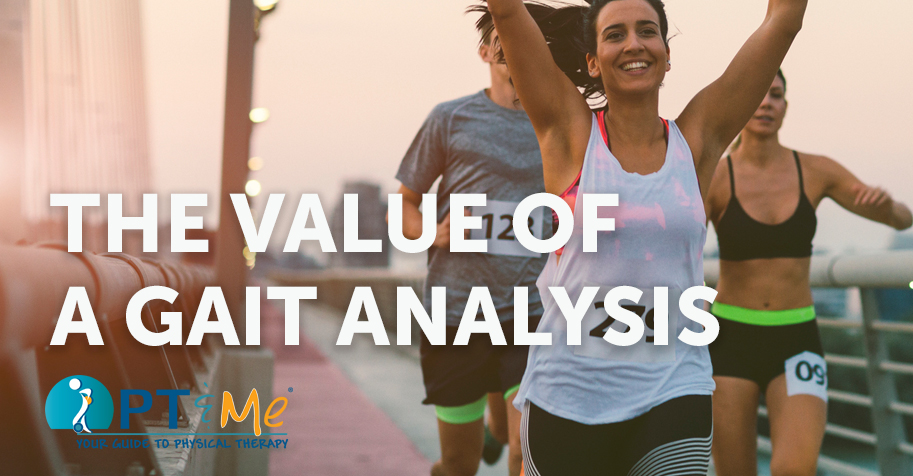
As the warmer weather comes to an end we may just now be seeing the emphatic group of athletes who push their bodies to the limits. Some push too hard and too fast while others endure countless episodes of micro-injury that slowly breaks down their system. You guessed it – Runners.
For those of us in the medical profession that have the pleasure of working with the running population, we know that they can sometimes be the most challenging group to work with. That being said they also provide us an opportunity to play a tole in preserving a very important piece of their quality of life. Whether it’s a novice runner who just “got the bug” or an experienced runner who knows of nothing else but to run, they all have something in common: recognizing what they are doing to their body!
In the orthopedic community we see mostly micro-trauma and repetitive use injuries in the form of tendinitis, bursitis, muscle strains and joint pain. During the running season we do our best to control the situation by advising rest, stretching, ice, etc; but what else can we do when eliminating the source of trauma is not a plausible answer? One solution is to speak their language. How do you run? Running is natural, we just learn how to do it and most runners have never been coached how to run properly, Even very efficient runners can have biomechanical faults that lead to increased stress in any one area. A good rehab program would consist of:
- Symptom management
- Education of proper stretches, modifications to footwear, strengthening (including core)
- Advice on what to do the next time they are injured
Often overlooked is the form they take when running. There is bountiful information to by learned by watching the way someone moves. A single flaw in running mechanics is magnified a thousand times with each foot strike. If we can’t stop someone from invoking trauma to their body, we can teach our runners how to make it less traumatic in the first place.
This is where a video gait analysis comes in handy. A video gait analysis enables us to zoom in on targeted areas and see what is actually going on at various joints. With plenty of normative data and efficient runners for comparison, physical therapist can provide different perspectives for patients. By slowing down a sequence of strides frame by frame we can not only focus on several links in the chain at once, but we can show runners exactly how their actions are impacting their body. We can also show them targeted angles and body positions which shows runners a side of themselves they are unable to see otherwise.
Formulating a productive plan of care in rehabilitation can now include very specific exercises and technique modification. When added to traditional treatments of common running injuries the overall outcome is enhanced and often more timely. If you are running in pain – ask your physical therapist for a video gait analysis.
Written by the therapists at Plymouth Physical Therapy Specialists.
